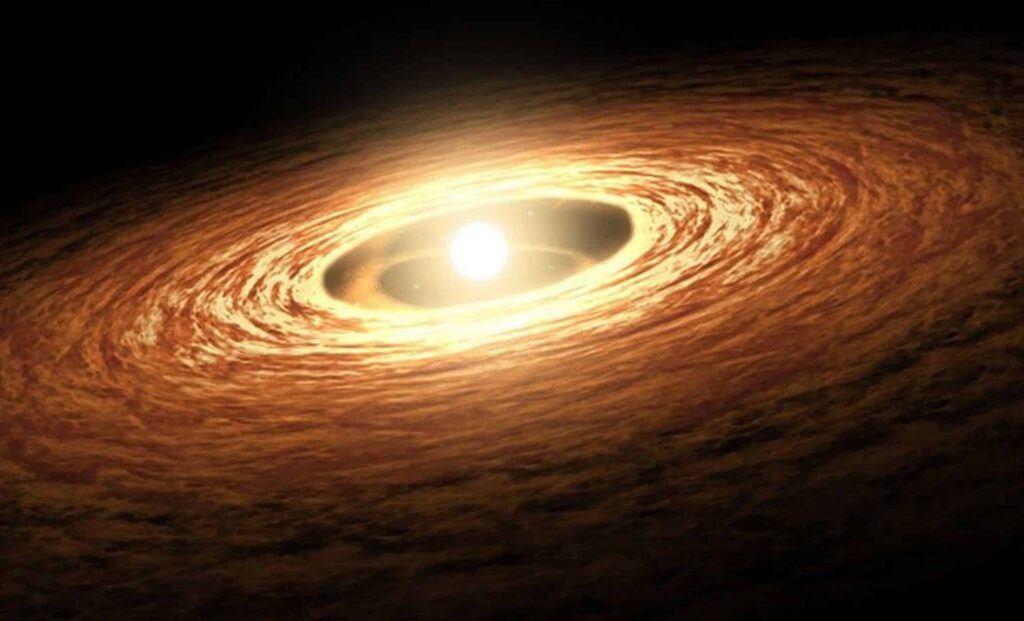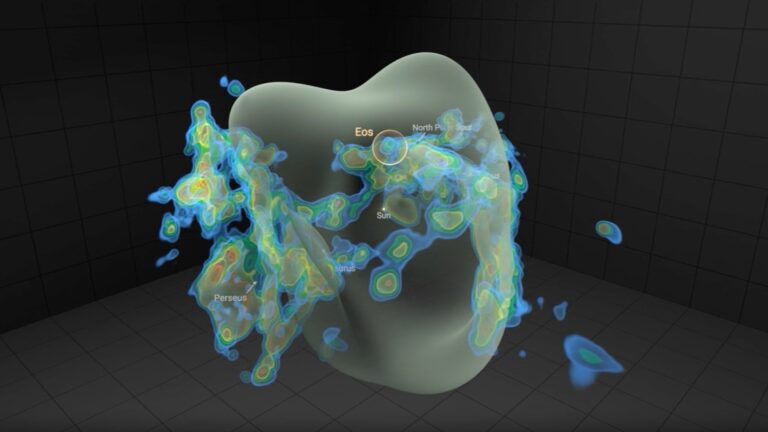
Cosmic CT Scan Reveals Unexpected Secrets About the Universe’s Growth – The Daily Galaxy
2025-05-01T15:40:00Z
A cosmic “CT scan” of the universe’s evolution has uncovered surprising findings.
A surprising new discovery has emerged in the study of the universe’s evolution. Scientists, using data from the Atacama Cosmology Telescope (ACT) and the Dark Energy Spectroscopic Instrument (DESI), have uncovered an unexpected twist in how cosmic structures have developed over time. Published in the Journal of Cosmology and Astroparticle Physics, the study reveals that the universe’s matter appears less “clumpy” than previous models predicted, suggesting that dark energy may be influencing cosmic growth more than we originally thought.
This research, which cross-references ancient cosmic light with modern galaxy distributions, challenges earlier assumptions about the uniformity of matter across the universe. While the findings do not yet offer a full reworking of our understanding, they certainly hint at the possibility of new physics that could be affecting the formation and distribution of cosmic structures.
Uncovering the Cosmic Dance of Matter
The team, led by Joshua Kim and Mathew Madhavacheril from the University of Pennsylvania, found that while the overall structure of the universe largely aligned with predictions from Einstein’s theory of gravity, there was a surprising discrepancy in how clumpy the universe has become. According to Madhavacheril:
“Our work cross-correlated two types of datasets from complementary, but very distinct, surveys, and what we found was that for the most part, the story of structure formation is remarkably consistent with the predictions from Einstein’s gravity. We did see a hint of a small discrepancy in the amount of expected clumpiness in recent epochs, around four billion years ago, which could be interesting to pursue.”
This slight discrepancy in how matter has clumped together in recent epochs suggests there may be additional forces at play, possibly linked to the influence of dark energy on cosmic structures.
Layering the Cosmic Timeline
To uncover this anomaly, the team combined data from the Atacama Cosmology Telescope (ACT), which measures the oldest light in the universe, with more recent observations from the Dark Energy Spectroscopic Instrument (DESI). Kim describes how the ACT’s data—capturing light that has been traveling since the Big Bang—provides a glimpse of the universe’s infancy:
“ACT, covering approximately 23% of the sky, paints a picture of the universe’s infancy by using a distant, faint light that’s been travelling since the Big Bang. Formally, this light is called the Cosmic Microwave Background (CMB), but we sometimes just call it the universe’s baby picture because it’s a snapshot of when it was around 380,000 years old.”
By comparing this ancient light to modern galaxy maps, the researchers were able to create a multidimensional view of how the universe has evolved. This “cosmic CT scan” enabled the team to track the development of structures across different epochs, offering a new perspective on how matter has been distributed throughout cosmic history.
Implications for Dark Energy and the Future of Cosmology
While the findings raise intriguing questions about cosmic structure formation, they do not yet offer definitive answers about the forces that could be reshaping the universe. The small discrepancy in the expected clumpiness could be an early sign of unknown physics at work, possibly linked to the role of dark energy—the mysterious force thought to be accelerating the universe’s expansion.
As the team moves forward with more precise measurements from future telescopes, such as the Simons Observatory, they hope to refine these observations and provide a clearer picture of how dark energy and other forces may be influencing the growth of cosmic structures. The results suggest that there is still much to learn about the dynamics of the universe, and the team is eager to explore what lies beneath the surface of these unexpected findings.
Auto-posted from news source






